Bridging Tradition and Modernity Through Ceramics
Ceramics, often seen as a simple craft, actually represent a profound intersection of history and innovation. From the ancient pots crafted by our ancestors to the sleek, modern designs that grace contemporary homes, ceramics tell a story of human creativity and adaptation. Have you ever wondered how a simple clay pot can encapsulate thousands of years of tradition while simultaneously embracing cutting-edge technology? This article dives deep into the fascinating world of ceramics, exploring how artisans are skillfully blending age-old techniques with modern practices to create stunning works of art.
The beauty of ceramics lies not just in their physical forms but in their cultural significance. Across different civilizations, ceramics have served as vessels for daily life, ceremonial objects, and expressions of artistic identity. From the intricate blue and white porcelain of China to the vibrant terracotta of Mexico, each piece carries stories of the people and places from which they originate. As we delve into the historical significance of ceramics, we will uncover how these artifacts have evolved over time, reflecting the values, beliefs, and innovations of various cultures.
In today’s world, the realm of ceramics is undergoing a remarkable transformation. Advancements in technology have opened doors to new methods and materials, allowing artists to push the boundaries of creativity. Imagine a world where 3D printing creates intricate ceramic designs that were once thought impossible. This is not science fiction; it’s happening right now! By examining the modern techniques in ceramics, we will see how they enhance not only the efficiency of production but also the artistic possibilities that come with innovation.
As we navigate through this journey of tradition meeting modernity, we will also explore the fusion of cultural influences that enrich the ceramic landscape. Artists today are drawing inspiration from a myriad of sources, creating pieces that reflect a blend of local and global narratives. This cross-cultural exchange is vital to the evolution of ceramics, making it a dynamic art form that resonates with people across the globe.
In the following sections, we will delve into specific topics such as the role of 3D printing in ceramics, innovations in glazing techniques, and the delicate balance between maintaining cultural heritage and embracing modernity. So, prepare to be surprised by the explosion of creativity and tradition that ceramics offer, as we unravel the layers of this captivating art form!
- What are the main types of ceramics? Ceramics can be categorized into several types, including earthenware, stoneware, porcelain, and bone china, each with distinct properties and uses.
- How has technology impacted ceramic art? Technology, particularly 3D printing, has revolutionized ceramic art by enabling intricate designs and efficient production methods.
- What is the significance of glazing in ceramics? Glazing not only enhances the aesthetic appeal of ceramic pieces but also provides a protective layer, making them more functional and durable.
- How can I start my journey in ceramics? Beginners can start by taking pottery classes, experimenting with clay at home, and exploring various techniques through online tutorials.
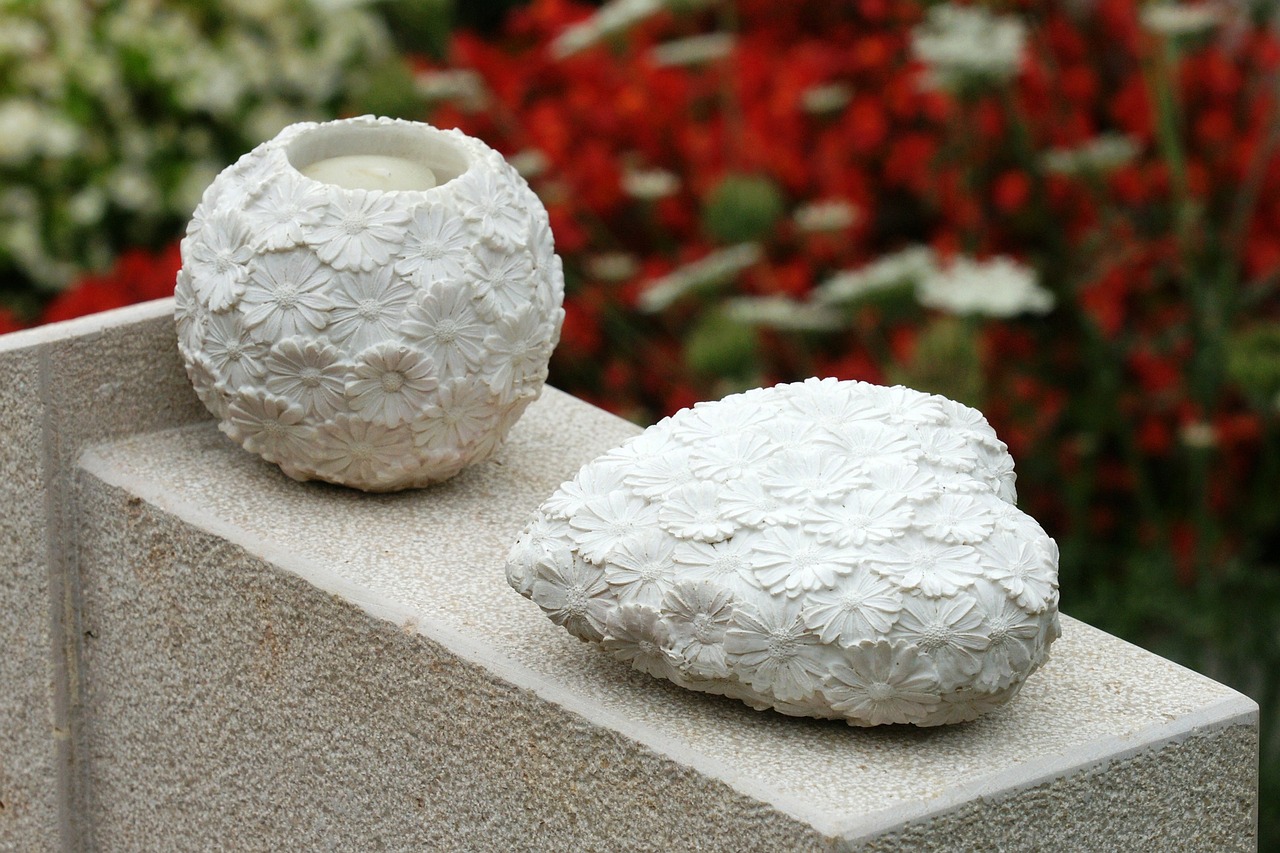
The Historical Significance of Ceramics
Ceramics have played an integral role in human civilization for millennia, weaving a tapestry of culture, art, and functionality. From the earliest days of humanity, when hand-shaped clay vessels were used for cooking and storage, to the intricate porcelain masterpieces of the Ming Dynasty, ceramics have not only served practical purposes but also acted as a canvas for artistic expression. This rich history reveals how ceramics have evolved alongside societies, reflecting their values, beliefs, and technological advancements.
In ancient times, ceramics were often decorated with symbolic motifs that conveyed stories and cultural significance. For instance, the pottery of the Native American Pueblo peoples featured intricate designs that represented their connection to nature and spirituality. Similarly, ancient Greek pottery showcased scenes from mythology, providing modern historians with valuable insights into their social structure and religious practices. These artifacts serve as a bridge connecting us to our ancestors, allowing us to glimpse into their lives and the world they inhabited.
As civilizations advanced, so did ceramic techniques. The discovery of glazing transformed the aesthetic appeal of ceramics, enabling artists to create vibrant, durable pieces. The introduction of the potter's wheel around 3500 BCE revolutionized production, allowing for more uniform shapes and sizes. This technological leap not only increased efficiency but also paved the way for the rise of specialized pottery workshops, further embedding ceramics into the economic and social fabric of communities.
Throughout history, different regions have developed their own unique ceramic styles, influenced by local resources, climate, and cultural practices. For example:
- Stoneware in Europe, known for its durability and versatility.
- Majolica in Italy, characterized by its colorful glazes and intricate designs.
- Raku in Japan, celebrated for its unique firing process and aesthetic unpredictability.
These regional distinctions not only showcase the creativity of artisans but also highlight the cross-cultural exchanges that have occurred over centuries. Trade routes, such as the Silk Road, facilitated the sharing of techniques and styles, enriching the global ceramic landscape. The fusion of different traditions often led to the creation of entirely new forms, demonstrating how ceramics can act as a medium for cultural dialogue.
The significance of ceramics extends beyond mere functionality; they are artifacts of human expression and creativity. Each piece tells a story, embodying the traditions and innovations of its time. As we delve into the modern era, we see how these historical foundations continue to influence contemporary ceramic artists, who draw inspiration from the past while pushing the boundaries of their craft. In this way, ceramics remain a dynamic and evolving art form, bridging the gap between tradition and modernity.
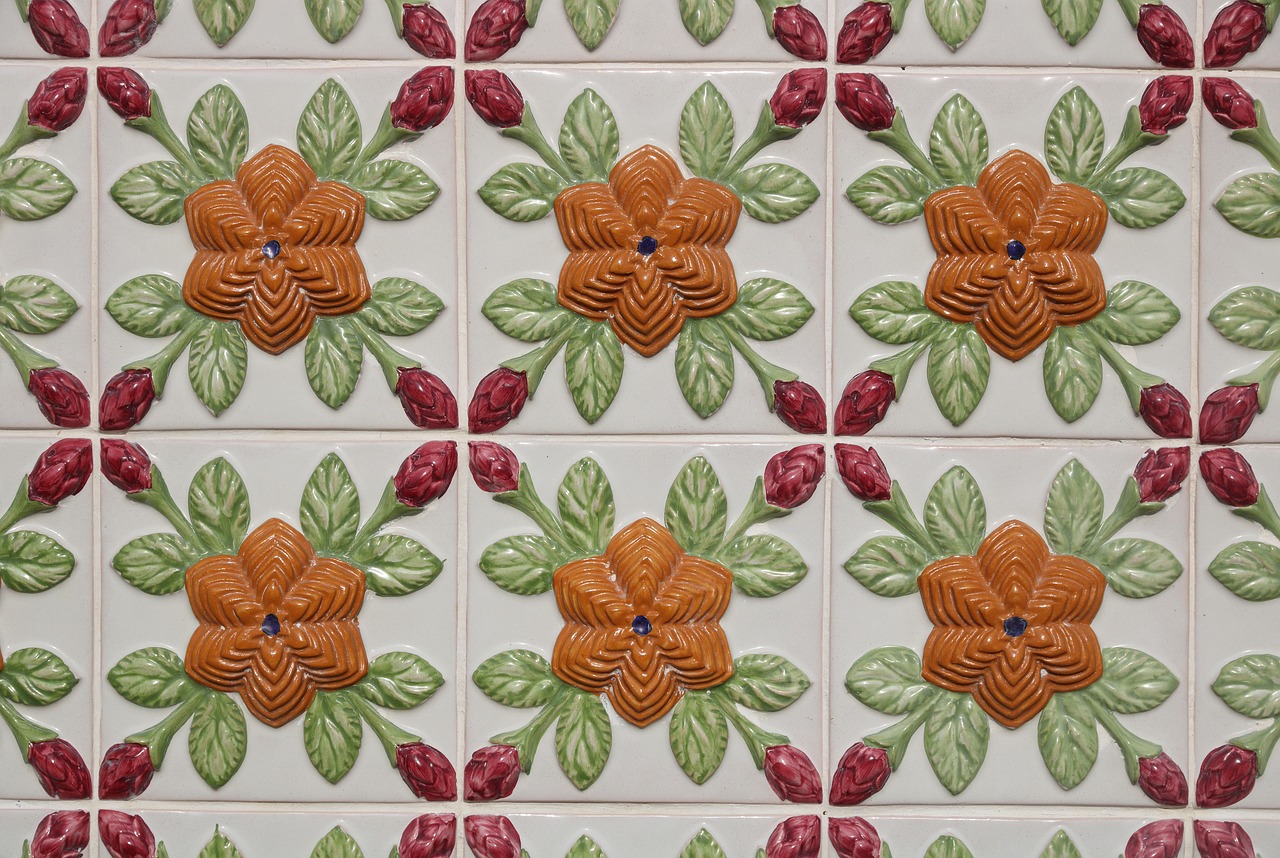
Modern Techniques in Ceramics
In today's fast-paced world, the art of ceramics has not only survived but thrived, thanks to a myriad of modern techniques that blend tradition with innovation. The age-old craft of shaping clay has been revolutionized by advancements in technology, allowing artists to push the boundaries of their creativity. Imagine a potter who once spent hours meticulously shaping a bowl by hand now having the ability to create intricate designs in a fraction of the time! This is the magic of modern ceramic techniques.
One of the most significant advancements in ceramics is the use of 3D printing. This cutting-edge technology has opened up a world of possibilities for artists and manufacturers alike. With 3D printing, artists can produce complex and detailed designs that would be nearly impossible to achieve by hand. The process allows for rapid prototyping, meaning artists can quickly create and test their ideas without the lengthy traditional firing process. This not only saves time but also encourages a more experimental approach to ceramic art.
However, while 3D printing is revolutionizing the industry, it also raises important questions about sustainability. The environmental impact of this technology cannot be overlooked. For instance, the materials used in 3D printing often involve plastics that may not be biodegradable. Artists and manufacturers must consider how their practices affect the planet. Are we trading one form of pollution for another? It's a complex dilemma that requires thoughtful solutions.
Another area where modern techniques are making waves is in glazing innovations. Traditional glazes have always been a way to add color and texture to ceramics, but new materials and methods are transforming this aspect of the craft. Artists are experimenting with different chemical compositions and application techniques to create stunning visual effects. For example, some are using reactive glazes that change color during the firing process, leading to unique and unpredictable outcomes. This unpredictability adds an element of surprise to each piece, making every creation a one-of-a-kind masterpiece.
To illustrate the impact of these modern techniques, let's consider a few examples:
| Technique | Description | Impact on Ceramics |
|---|---|---|
| 3D Printing | Utilizes digital models to create intricate ceramic pieces layer by layer. | Allows for complex designs and rapid prototyping. |
| Reactive Glazing | Glazes that change color and texture during firing. | Creates unique, unpredictable finishes that enhance artistic expression. |
| Digital Modeling | Software used to design and visualize ceramic pieces before production. | Facilitates precise planning and reduces material waste. |
As we embrace these modern techniques, it's essential to remember that they do not replace the traditional methods but rather enhance them. The beauty of ceramics lies in its ability to evolve while still honoring its rich history. Artists today stand on the shoulders of giants, using the past as a foundation to explore new horizons. This blend of old and new creates a vibrant dialogue within the ceramic community, inspiring artists to innovate while staying true to their roots.
In summary, the modern techniques in ceramics are not just about new tools or materials; they represent a shift in how we think about and approach this ancient art form. With each advancement, we are reminded that creativity knows no bounds. The future of ceramics is bright, and it is up to artists to navigate this exciting landscape, balancing tradition with innovation and sustainability.
- What is 3D printing in ceramics?
3D printing in ceramics involves using digital technology to create ceramic pieces layer by layer, allowing for intricate designs and rapid prototyping. - How do modern glazing techniques differ from traditional methods?
Modern glazing techniques often utilize new materials and chemical compositions that can create unique visual effects, unlike traditional glazes that follow more established recipes. - Are modern ceramic techniques environmentally friendly?
While some modern techniques, like 3D printing, offer efficiency, they can also present environmental challenges, such as the use of non-biodegradable materials.
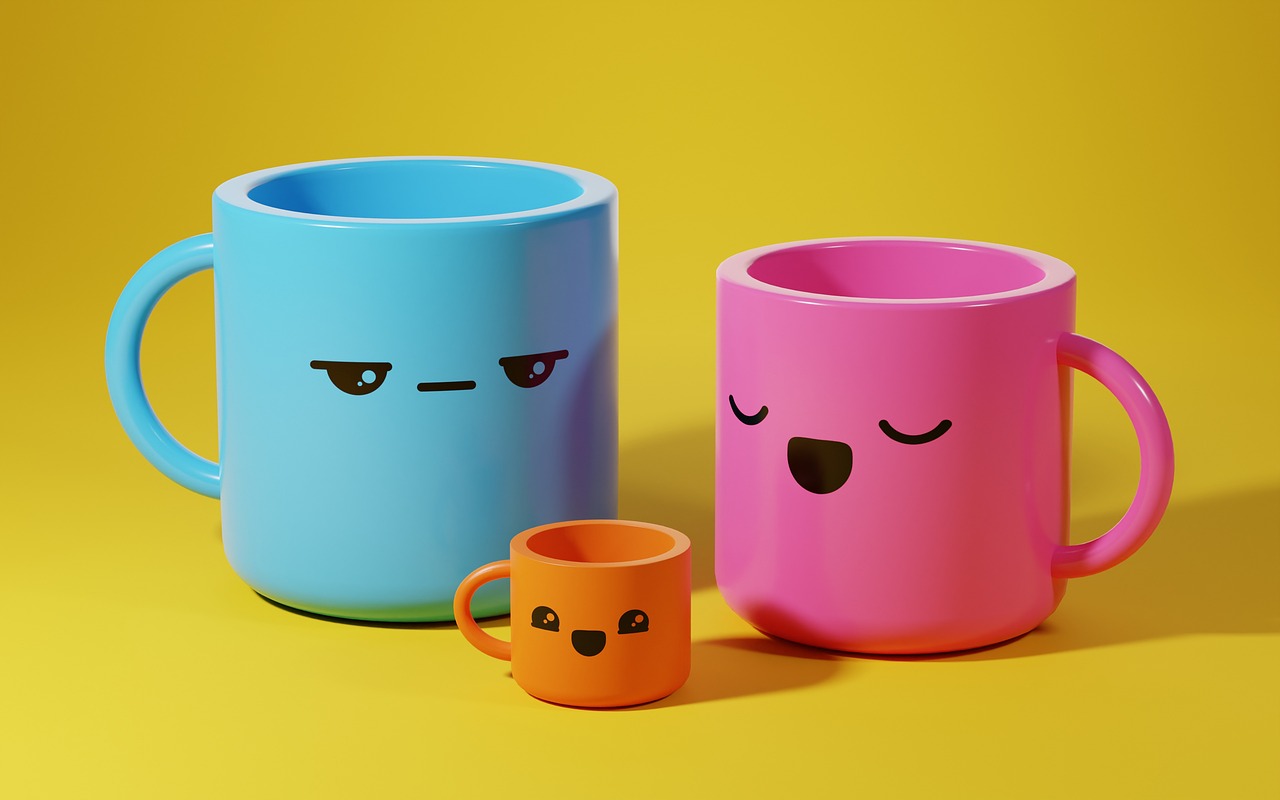
3D Printing in Ceramics
3D printing is not just a buzzword; it's a game-changer in the world of ceramics. Imagine being able to create complex shapes and intricate designs that were once thought impossible with traditional methods. This revolutionary technology allows artists and manufacturers to bring their wildest ideas to life, from delicate porcelain vases to robust ceramic sculptures. The beauty of 3D printing lies in its ability to merge creativity with precision, enabling artisans to experiment like never before.
One of the most exciting aspects of 3D printing in ceramics is the rapid prototyping capability. Artists can quickly produce a model, assess its aesthetics and functionality, and make adjustments on the fly. This iterative process is akin to a sculptor chiseling away at a block of marble, but with the added benefit of digital technology. The ability to test and refine designs not only boosts creativity but also enhances the efficiency of production, making it easier for artists to meet the demands of the market.
However, the implications of 3D printing extend beyond just aesthetics and efficiency. It opens up a world of possibilities for customization. Imagine walking into a gallery and finding a piece that perfectly matches your home decor or personal style. With 3D printing, artists can create unique, one-of-a-kind pieces tailored to individual preferences. This personalization is a huge draw for consumers who are increasingly looking for items that resonate with their identity.
Despite the many advantages, 3D printing in ceramics is not without its challenges. For instance, the materials used in 3D printing can differ significantly from traditional clay. Artists must adapt to these new materials, which can affect the final outcome of their work. Moreover, the learning curve associated with mastering 3D printing technology can be steep. Artists who are accustomed to hands-on techniques may find it daunting to transition to a digital workflow.
To give you a clearer picture of the impact of 3D printing on the ceramics industry, let’s look at some of the benefits and challenges:
| Benefits | Challenges |
|---|---|
| Complex Designs | Material Limitations |
| Rapid Prototyping | Learning Curve |
| Customization | Initial Costs |
| Increased Efficiency | Technology Dependence |
As we delve deeper into the world of 3D printing in ceramics, it's essential to consider its environmental impact. While the technology offers innovative solutions, it raises questions about sustainability. Are the materials used in 3D printing eco-friendly? Can the energy consumption of these machines be justified? These are critical questions that artists and manufacturers must address as they embrace this modern technique.
In conclusion, 3D printing in ceramics is a fascinating blend of artistry and technology. It has the potential to reshape the ceramic landscape, allowing for unprecedented creativity while also posing new challenges. As artists continue to explore this medium, the future of ceramics looks bright, filled with endless possibilities and exciting innovations.
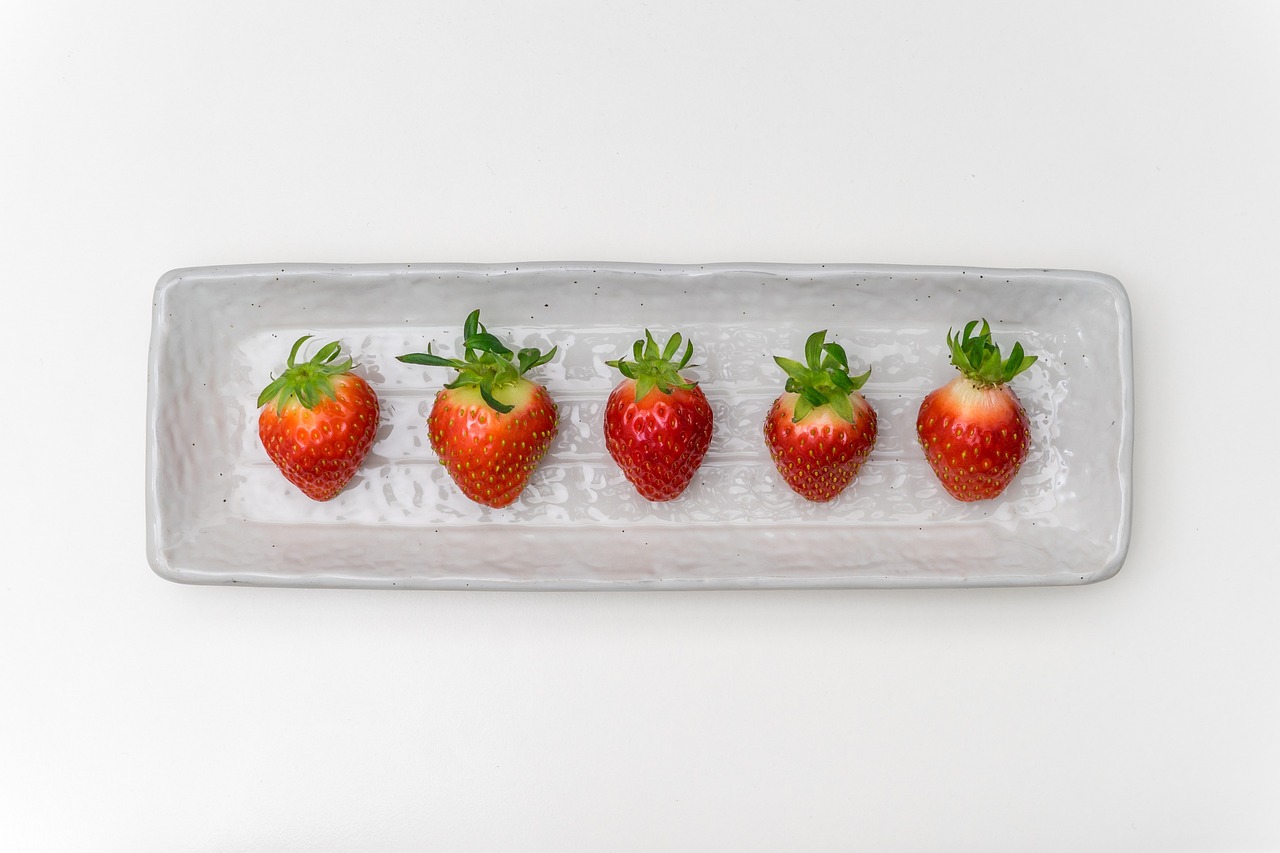
Environmental Impact of 3D Printing
As we dive deeper into the world of 3D printing in ceramics, it's crucial to consider its environmental impact. While this innovative technology offers remarkable benefits, such as reducing waste and enabling complex designs, it also poses significant challenges that we must acknowledge. For instance, the materials used in 3D printing can have varying degrees of sustainability. Traditional ceramics often rely on natural clay, which is abundant and biodegradable, but many 3D printing processes utilize synthetic materials that may not be as environmentally friendly.
One of the most significant concerns is the energy consumption associated with 3D printing. The process requires substantial power, especially with high-temperature kilns used for sintering ceramic materials. This energy demand can lead to a larger carbon footprint compared to conventional ceramic methods. However, some manufacturers are exploring renewable energy sources to mitigate this impact, making strides toward a more sustainable future.
Moreover, we must consider the lifecycle of 3D printed ceramics. While they can be produced with minimal waste, the end-of-life disposal can be problematic. Unlike traditional ceramics that can be recycled or repurposed, some 3D printed materials may not have the same options available. This raises the question: What happens to these creations once they reach the end of their useful life? To address this, artists and manufacturers are increasingly focusing on creating designs that are not only beautiful but also sustainable, ensuring that their work can be recycled or decomposed safely.
In light of these factors, here are some key points to consider regarding the environmental impact of 3D printing in ceramics:
- Material Selection: Choosing eco-friendly materials can significantly reduce the environmental footprint.
- Energy Efficiency: Utilizing renewable energy sources can help minimize carbon emissions.
- Waste Management: Developing strategies for recycling and responsible disposal of 3D printed ceramics is crucial.
In conclusion, while 3D printing presents exciting opportunities for innovation in ceramics, it is essential to approach this technology with a mindful perspective. By understanding and addressing its environmental impact, artists and manufacturers can create a future where creativity and sustainability coexist harmoniously.
Q1: What materials are commonly used in 3D printing ceramics?
A1: Common materials include clay-based composites, synthetic polymers, and other specialized ceramic powders that can withstand high temperatures.
Q2: How does 3D printing reduce waste in ceramics?
A2: 3D printing allows for precise designs and reduced excess material, often resulting in less waste compared to traditional methods.
Q3: Can 3D printed ceramics be recycled?
A3: It depends on the materials used. Some can be recycled, while others may not have recycling options available.
Q4: What are some sustainable practices in 3D printing ceramics?
A4: Sustainable practices include using renewable energy, selecting eco-friendly materials, and designing for recyclability.

Case Studies of 3D Printed Ceramics
As we delve into the fascinating world of 3D printed ceramics, it's essential to look at real-world examples that showcase the potential and versatility of this innovative technique. One remarkable case study comes from the renowned artist and designer, Jasper Morrison, who utilized 3D printing to create a series of functional yet artistic ceramic pieces. Morrison's work highlights how technology can enhance traditional craftsmanship, resulting in unique forms that challenge conventional aesthetics.
Another notable example is the collaboration between University of Southern California and a local ceramics studio, where students experimented with 3D printing to produce intricate tile designs. This project not only allowed students to explore their creativity but also pushed the boundaries of what is possible in ceramic design. The students were able to create complex patterns that would be nearly impossible to achieve through traditional handcrafting methods.
In a different realm, the company 3D Ceramics has made significant strides in the commercial sector by producing bespoke ceramic tableware using 3D printing techniques. Their approach allows for customization, enabling customers to design their own pieces tailored to personal tastes. This not only enhances the customer experience but also opens new avenues for artists and designers to express their individuality.
To better understand the impact of these case studies, let’s summarize some key aspects:
| Case Study | Key Features | Impact |
|---|---|---|
| Jasper Morrison | Functional and artistic designs, unique forms | Challenges traditional aesthetics |
| USC Collaboration | Student experimentation, intricate tile designs | Pushes boundaries of ceramic design |
| 3D Ceramics | Bespoke tableware, customer customization | Enhances customer experience and individuality |
These case studies illustrate that the fusion of technology and artistry in ceramics is not just a trend; it's a movement that is reshaping the industry. Each example demonstrates how artists and designers are leveraging 3D printing to create pieces that are not only beautiful but also functional, pushing the limits of what ceramics can achieve. As we continue to explore this innovative field, it becomes increasingly clear that the future of ceramics lies in the hands of those willing to embrace both tradition and modernity.
- What is 3D printed ceramics?
3D printed ceramics refer to ceramic objects created using additive manufacturing techniques, allowing for complex designs and rapid production.
- How does 3D printing impact traditional ceramic practices?
While it introduces new methods, 3D printing can enhance traditional practices by allowing for more intricate designs and efficient production processes.
- Are 3D printed ceramics sustainable?
The sustainability of 3D printed ceramics depends on the materials used and the production processes, but it can potentially reduce waste through precise manufacturing techniques.
- Can anyone create 3D printed ceramics?
With access to 3D printers and design software, both artists and hobbyists can create their own ceramic pieces, making it an accessible medium for creativity.
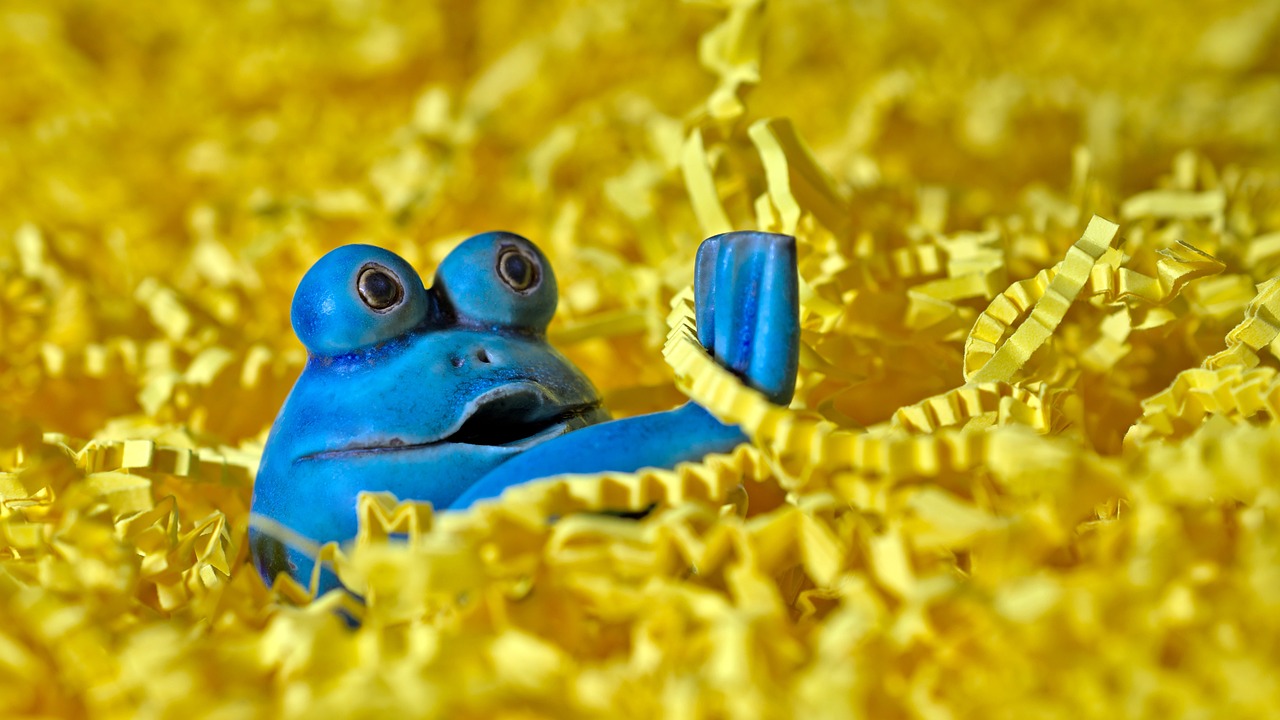
Glazing Innovations
The world of ceramics has always been a canvas for creativity, but recent are taking this art form to uncharted territories. Imagine a potter's wheel spinning with the same fervor as a high-tech laboratory, where science meets art. Today, artists are not just concerned with the shape and form of their pieces; they are diving into the chemistry of glazes, experimenting with new materials, and pushing the boundaries of what can be achieved. It's a thrilling time to be involved in ceramics!
Traditionally, glazing was a straightforward process, often relying on tried-and-true recipes passed down through generations. However, with the advent of modern technology, potters and ceramicists are now exploring a variety of innovative glazing techniques that enhance both the aesthetic and functional qualities of their work. From reactive glazes that change color when fired to eco-friendly formulations that minimize environmental impact, the possibilities are endless. These advancements not only offer stunning visual effects but also challenge our perceptions of what ceramics can be.
One fascinating development in glazing is the use of digital technology. Artists can now create intricate designs digitally, which can then be translated into physical glazes. This fusion of technology and artistry allows for a level of precision and detail that was once unimaginable. For instance, 3D printing techniques can be employed to apply glazes in patterns that were previously labor-intensive or impossible to achieve by hand. This not only saves time but also opens up a world of creative potential, allowing artists to explore new styles and aesthetics.
Moreover, the exploration of natural materials in glazing is gaining traction. Artists are increasingly turning to locally sourced minerals, ash, and even food waste to create unique glazes that tell a story about their origins. This not only enhances the sustainability of ceramic production but also adds a layer of cultural significance to each piece. Imagine a bowl glazed with ash from a local tree, connecting the artwork to its environment in a profound way.
The impact of these glazing innovations is evident in the vibrant, diverse works emerging from studios around the globe. Artists are not just creating beautiful objects; they are making statements about sustainability, technology, and cultural identity. As we look to the future, the possibilities for glazing in ceramics are as vast as the imagination itself. The challenge for artists will be to balance these innovations with the rich traditions of the past, creating a dialogue between old and new that resonates with audiences everywhere.
- What are reactive glazes? Reactive glazes are special types of glazes that change color or texture during firing due to chemical reactions between the glaze components and the clay body.
- How has technology impacted glazing techniques? Technology has allowed for more precision in applying glazes, including digital design and 3D printing, which enable intricate patterns and designs.
- What are some eco-friendly glazing options? Eco-friendly glazes often use natural materials and minimize harmful chemicals, focusing on sustainability and reducing environmental impact.
- Can glazes affect the functionality of ceramic pieces? Yes, certain glazes can enhance the durability and usability of ceramics, making them more suitable for everyday use.

Fusion of Cultural Influences
The world of ceramics is a vibrant tapestry woven from the threads of various cultural narratives and traditions. Artists today are not just creating pieces that represent their heritage; they are also engaging in a beautiful dialogue between the past and the present. This fusion of cultural influences can be seen as a reflection of our increasingly interconnected world, where ideas and practices flow freely across borders. But how exactly does this blending manifest in ceramic art?
One of the most fascinating aspects of contemporary ceramics is the way artists draw inspiration from multiple cultures. For example, a potter might incorporate traditional Japanese glazing techniques with modern European forms, resulting in a piece that is not only visually stunning but also rich in meaning. This cross-pollination of styles and methods allows for a greater diversity of expression, pushing the boundaries of what ceramics can be.
Moreover, this fusion is not merely a visual phenomenon; it also carries deep cultural significance. By integrating various influences, artists can tell stories that resonate on multiple levels. They can highlight shared human experiences while also celebrating the uniqueness of different traditions. This is where ceramics become more than just objects; they transform into vessels of communication, bridging gaps between cultures.
To illustrate this point, let's consider some key examples of how cultural influences are fused in ceramic art:
- Traditional Techniques with Modern Aesthetics: Artists may use ancient techniques like raku firing while adopting contemporary shapes and designs, creating a dialogue between old and new.
- Symbolism and Motifs: Incorporating symbols from various cultures can create a rich narrative within a single piece, allowing viewers to engage with the work on a deeper level.
- Collaborative Projects: Many artists collaborate across cultures, sharing techniques and philosophies, resulting in unique hybrid styles that reflect a global perspective.
This blending of influences is not without its challenges. Artists often find themselves navigating the delicate balance between honoring their cultural roots and embracing the modern world. Questions of authenticity and appropriation can arise, prompting artists to reflect on their practices and the stories they wish to tell. However, this tension can also lead to innovative solutions, as artists strive to create work that is both respectful and forward-thinking.
In conclusion, the fusion of cultural influences in ceramics is a dynamic and evolving process. It embodies the spirit of collaboration and exploration, allowing artists to create works that resonate with a global audience. As we continue to witness these cultural exchanges, we can appreciate the rich narratives that emerge from the clay, reminding us of our shared humanity and the beauty of diversity.
Q1: How do artists ensure they are respectfully blending cultural influences in their work?
Artists often engage in research and dialogue with cultural communities to understand the significance of the techniques and symbols they wish to incorporate. This helps them create work that honors those traditions while also adding their own voice.
Q2: Are there specific cultural influences that dominate contemporary ceramics?
While influences can vary greatly, many contemporary ceramic artists draw inspiration from Asian, African, and European traditions. The beauty of ceramics lies in its ability to integrate diverse elements, creating a unique blend that reflects the artist's vision.
Q3: What role does technology play in the fusion of cultural influences?
Technology, particularly in the realm of digital design and 3D printing, allows artists to experiment with forms and techniques that were previously unattainable. This opens up new avenues for blending cultural influences, resulting in innovative and unexpected outcomes.
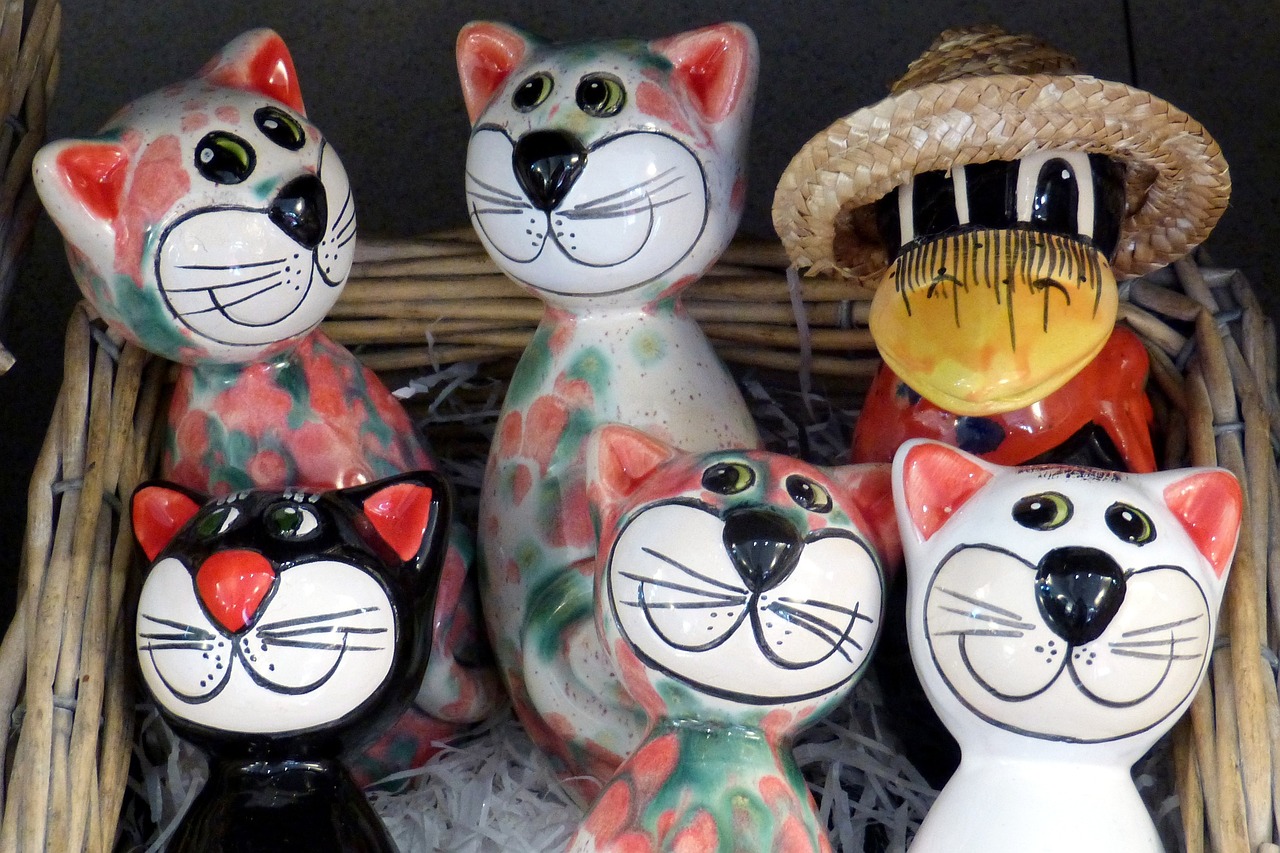
Global Ceramics Trends
The world of ceramics is a vibrant tapestry woven from countless cultural threads, each contributing its unique hue to the artistic landscape. As we navigate through the 21st century, we witness an exciting convergence of **traditional craftsmanship** and **modern innovation**. Artists from diverse backgrounds are not just preserving their heritage; they are reinterpreting it through contemporary lenses, creating pieces that resonate on a global scale. But what exactly are the trends shaping this dynamic field?
One of the most significant trends is the **increased emphasis on sustainability**. As awareness of environmental issues grows, ceramic artists are turning to eco-friendly materials and methods. For instance, many are opting for locally sourced clay and natural glazes, which not only reduce carbon footprints but also celebrate regional characteristics. This movement is about more than just aesthetics; it’s a commitment to the planet and a reflection of the values of today’s consumers.
Another trend making waves is the **fusion of technology and artistry**. The integration of digital tools, such as 3D modeling software and laser cutting, allows artists to experiment with forms and designs that were previously unimaginable. This technological embrace doesn’t replace the hand-crafted element; rather, it enhances it. Artists can now create intricate patterns with precision, pushing the boundaries of what ceramics can be. For example, the use of 3D printing in ceramics is not only revolutionizing production but also allowing for rapid prototyping, enabling artists to iterate their designs quickly.
Moreover, we are seeing a **cross-pollination of styles** from different cultures. Artists are drawing inspiration from various global traditions, leading to a rich exchange of ideas. This can be seen in the rise of **hybrid styles**, where techniques from Japanese Raku meet the bold colors of Mexican pottery. The result? Unique pieces that tell stories of cultural convergence and innovation. This blending of influences is not merely aesthetic; it reflects a deeper dialogue between cultures, fostering understanding and appreciation in a globalized world.
To illustrate these trends, let’s take a look at a few **notable examples** of ceramic artists who are making their mark:
| Artist | Style/Technique | Location |
|---|---|---|
| Grayson Perry | Mixed Media & Narrative | United Kingdom |
| Jun Kaneko | Large-Scale Sculptures | United States |
| Shary Boyle | Figurative & Surreal | Canada |
| Rina Banerjee | Installation Art | India/United States |
As we can see from this table, these artists are not only pushing the envelope in terms of **creativity** but are also embodying the essence of **global trends** in ceramics. Their works are a testament to how ceramics can transcend borders and speak to universal themes of identity, culture, and the environment.
In conclusion, the global ceramics scene is alive with **innovation and cultural exchange**. Artists are harnessing the power of technology while remaining rooted in their traditions, creating pieces that are not only visually stunning but also rich in meaning. As we continue to explore this fascinating art form, it’s clear that ceramics will remain a vital medium for expressing the complexities of our modern world.
- What are the most popular materials used in modern ceramics?
Modern ceramics often utilize clay, porcelain, stoneware, and eco-friendly materials like recycled glass. - How has technology impacted ceramic art?
Technology, especially 3D printing, has allowed for intricate designs and rapid prototyping, significantly enhancing creativity. - What role does sustainability play in contemporary ceramics?
Sustainability is crucial, with many artists focusing on eco-friendly materials and practices to reduce environmental impact. - Can ceramics reflect cultural narratives?
Absolutely! Ceramics often tell stories of cultural heritage and identity, showcasing the blend of global influences.
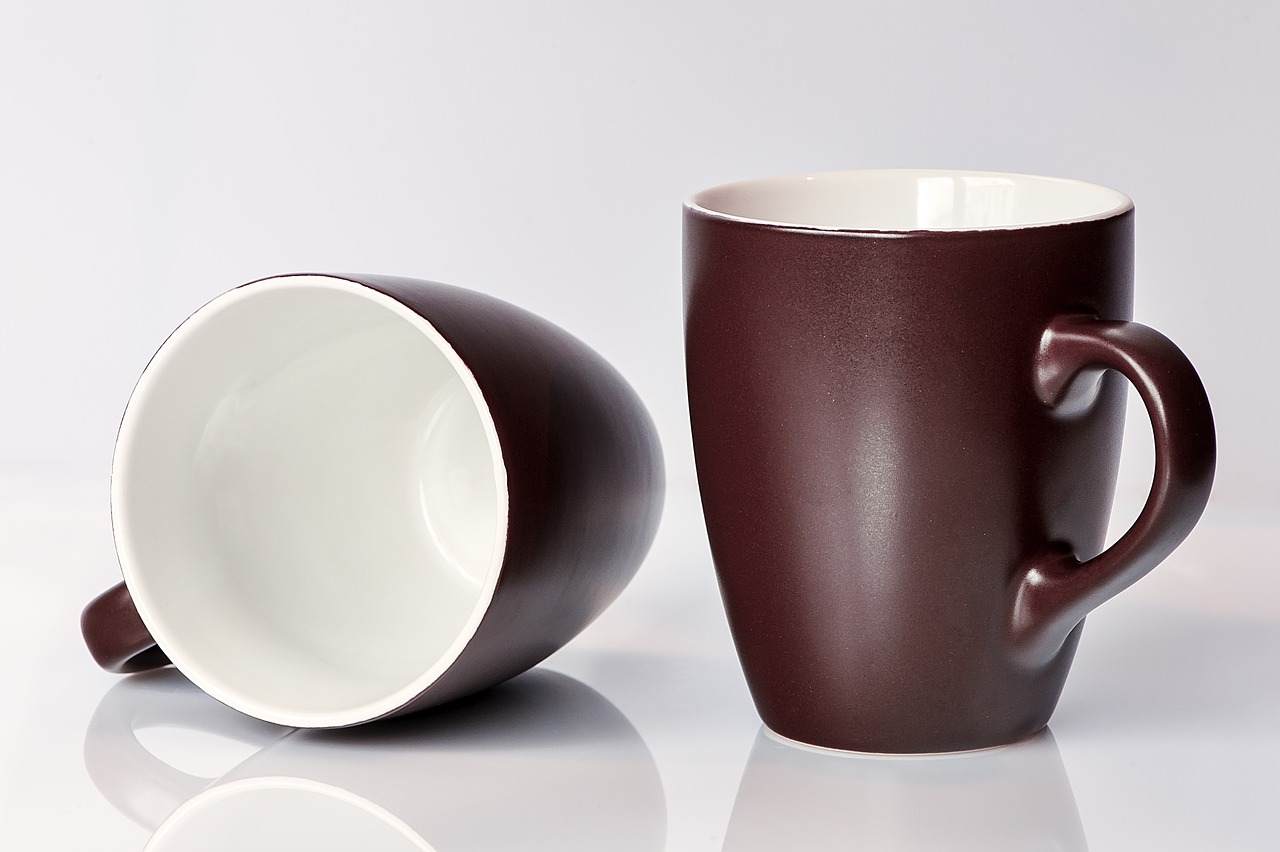
Local vs. Global Perspectives
In the world of ceramics, the interplay between local traditions and global influences creates a fascinating tapestry of artistic expression. Ceramic artists often find themselves at a crossroads, where they must navigate the rich heritage of their craft while also embracing the ever-evolving trends that span across cultures. This dynamic tension can lead to both challenges and opportunities, as artists strive to maintain their cultural identity while also appealing to a broader audience.
On one hand, local perspectives are deeply rooted in the customs, techniques, and stories that define a community. Each region boasts its own unique styles, often passed down through generations. For instance, the intricate patterns of Japanese Raku or the vibrant colors of Mexican Talavera ceramics are not just visually striking; they are imbued with meaning and history. These local practices serve as a reminder of the artists' heritage, connecting them to their ancestors and the land they inhabit.
Conversely, the global perspective introduces a wealth of new ideas, materials, and techniques that can invigorate traditional practices. The rise of social media and online platforms has made it easier than ever for artists to share their work and inspirations with a worldwide audience. This cross-pollination of ideas can lead to innovative ceramic designs that blend the old with the new. For example, an artist might incorporate traditional glazing techniques from their homeland while experimenting with contemporary forms and aesthetics inspired by global trends.
However, this fusion of local and global influences is not without its complications. Artists may struggle with the fear of losing their cultural identity in the face of globalization. The question arises: how can one honor their roots while also embracing the modern world? This is where the true artistry lies. It requires a delicate balance, as artists must decide which elements of their heritage to preserve and which aspects of contemporary culture to integrate.
To illustrate this balance, consider the following table that highlights some key differences between local and global perspectives in ceramics:
| Aspect | Local Perspective | Global Perspective |
|---|---|---|
| Technique | Traditional methods passed down through generations | Innovative techniques influenced by global trends |
| Materials | Locally sourced clays and glazes | Access to a variety of international materials |
| Design | Reflects cultural narratives and histories | Incorporates contemporary aesthetics and global themes |
| Audience | Primarily local community and cultural enthusiasts | Wider audience through global platforms |
Ultimately, the journey of a ceramic artist is a reflection of their personal narrative, shaped by the influences of both their local environment and the global community. The best ceramic pieces often emerge from this dialogue between tradition and innovation, allowing artists to create works that resonate on multiple levels. As they navigate this complex landscape, artists not only contribute to the evolution of ceramics but also foster a deeper understanding of cultural exchange and artistic collaboration.
- How do local traditions influence modern ceramic art? Local traditions provide a foundation of techniques and aesthetics that artists can draw from, allowing them to create pieces that honor their heritage while incorporating modern elements.
- What are some examples of global influences in ceramics? Global influences can include the use of contemporary materials, innovative glazing techniques, and design trends that are popular worldwide, which artists may adopt to appeal to a broader audience.
- How can artists maintain their cultural identity in a globalized world? Artists can maintain their cultural identity by staying true to their roots, selectively integrating global influences, and sharing their unique stories through their work.
Frequently Asked Questions
- What is the historical significance of ceramics?
Ceramics have been integral to human culture for thousands of years, serving both functional and artistic purposes. They reflect the evolution of societies, showcasing advancements in technology and artistry across different civilizations.
- How have modern techniques transformed ceramic production?
Modern techniques, including advancements in materials and processes, have significantly enhanced creativity and efficiency in ceramic production. These innovations allow artists to explore new forms and functionalities that were previously unattainable.
- What role does 3D printing play in ceramics?
3D printing is revolutionizing the ceramics industry by enabling intricate designs and rapid prototyping. This technology allows artists to push boundaries and experiment with shapes and patterns that traditional methods could not achieve.
- Are there environmental concerns associated with 3D printing in ceramics?
Yes, while 3D printing offers innovative solutions, it raises questions about sustainability. The materials used and the energy consumption of the printing process can impact the environment, prompting artists and manufacturers to seek eco-friendly alternatives.
- Can you provide examples of 3D printed ceramics?
Sure! Case studies of 3D printed ceramics showcase diverse applications, from functional items like tableware to artistic installations. These examples illustrate the creative possibilities that this technology brings to the ceramic art world.
- What are some recent innovations in glazing techniques?
Recent innovations in glazing techniques have introduced new materials and methods that enhance the aesthetic appeal of ceramics. Artists are experimenting with textures, colors, and finishes, leading to unique and captivating ceramic pieces.
- How do cultural influences shape ceramic art?
Ceramics often embody a fusion of cultural narratives and traditions. Artists integrate diverse influences into their work, creating pieces that reflect both local heritage and global trends, resulting in a rich tapestry of ceramic art.
- What are the current global trends in ceramics?
Global trends in ceramics highlight the importance of cross-cultural exchange, where different cultures contribute to the art form. This dynamic interaction fosters innovation and creativity, enriching the ceramic landscape worldwide.
- How do artists balance local traditions with global influences?
Balancing local traditions with global influences can be challenging for ceramic artists. They often navigate the tension between preserving cultural heritage and embracing modernity, finding harmony in their creative expressions.



















